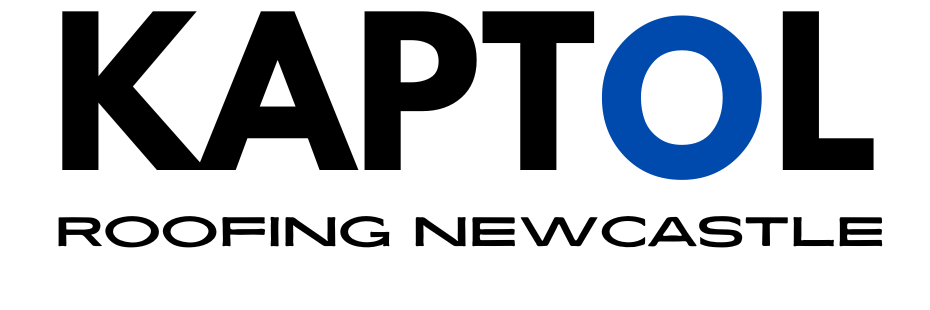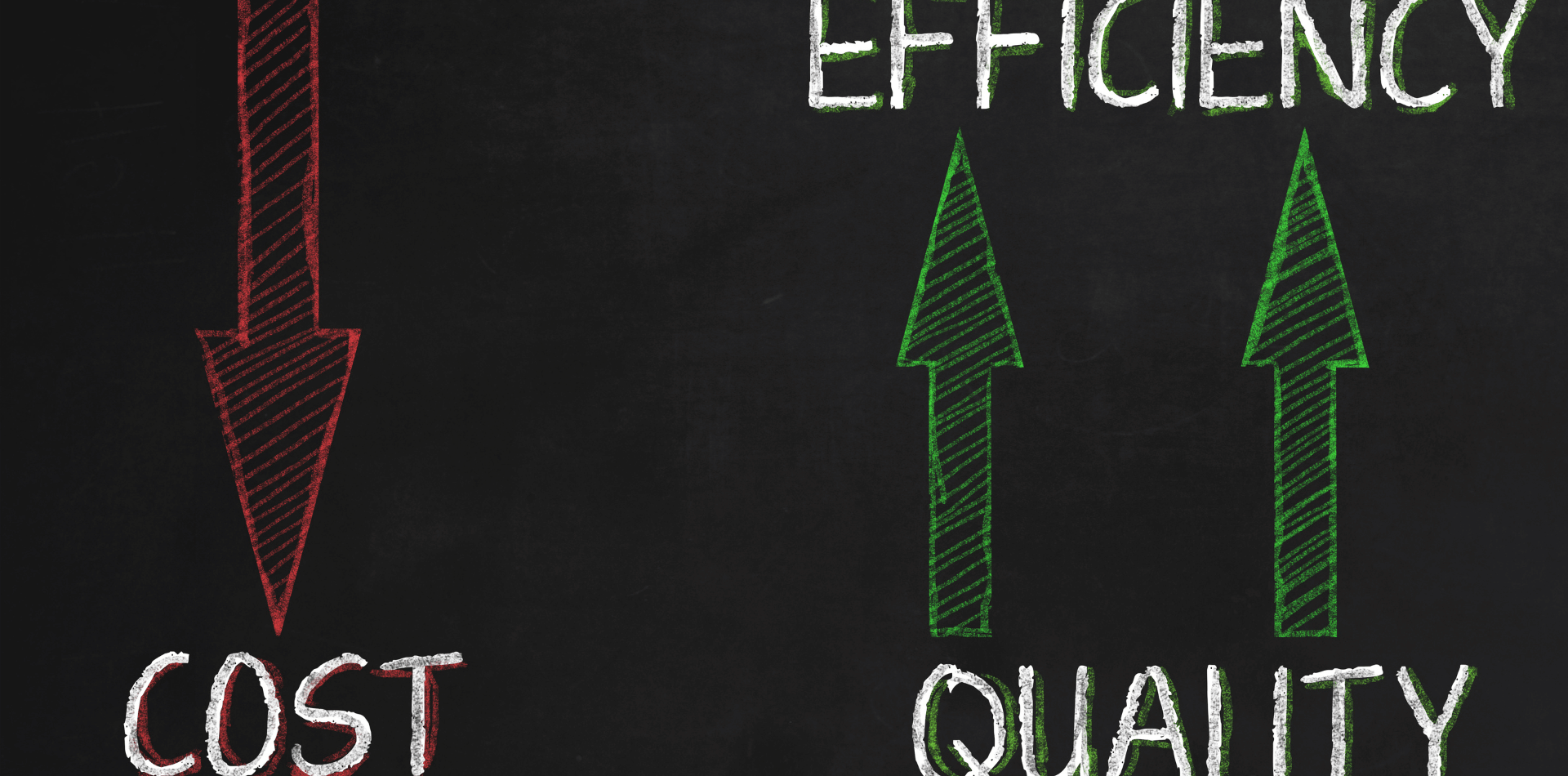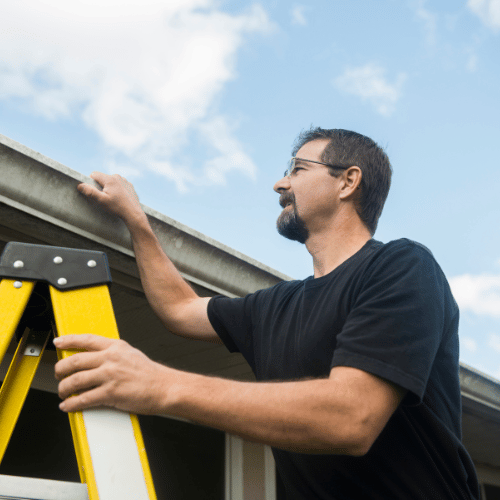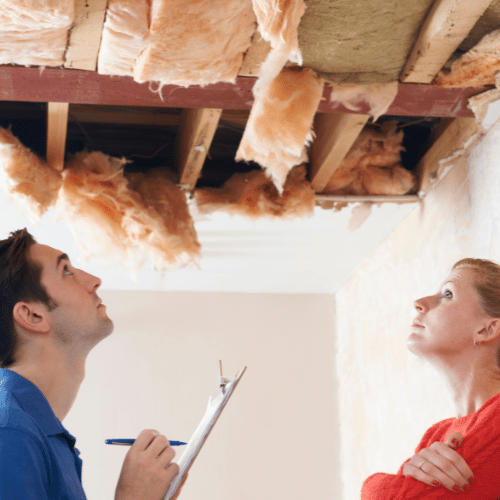The Advantages of Replacing a Tile Roof with a Metal Roof?
What are the advantages of replacing a tile roof with a metal roof?
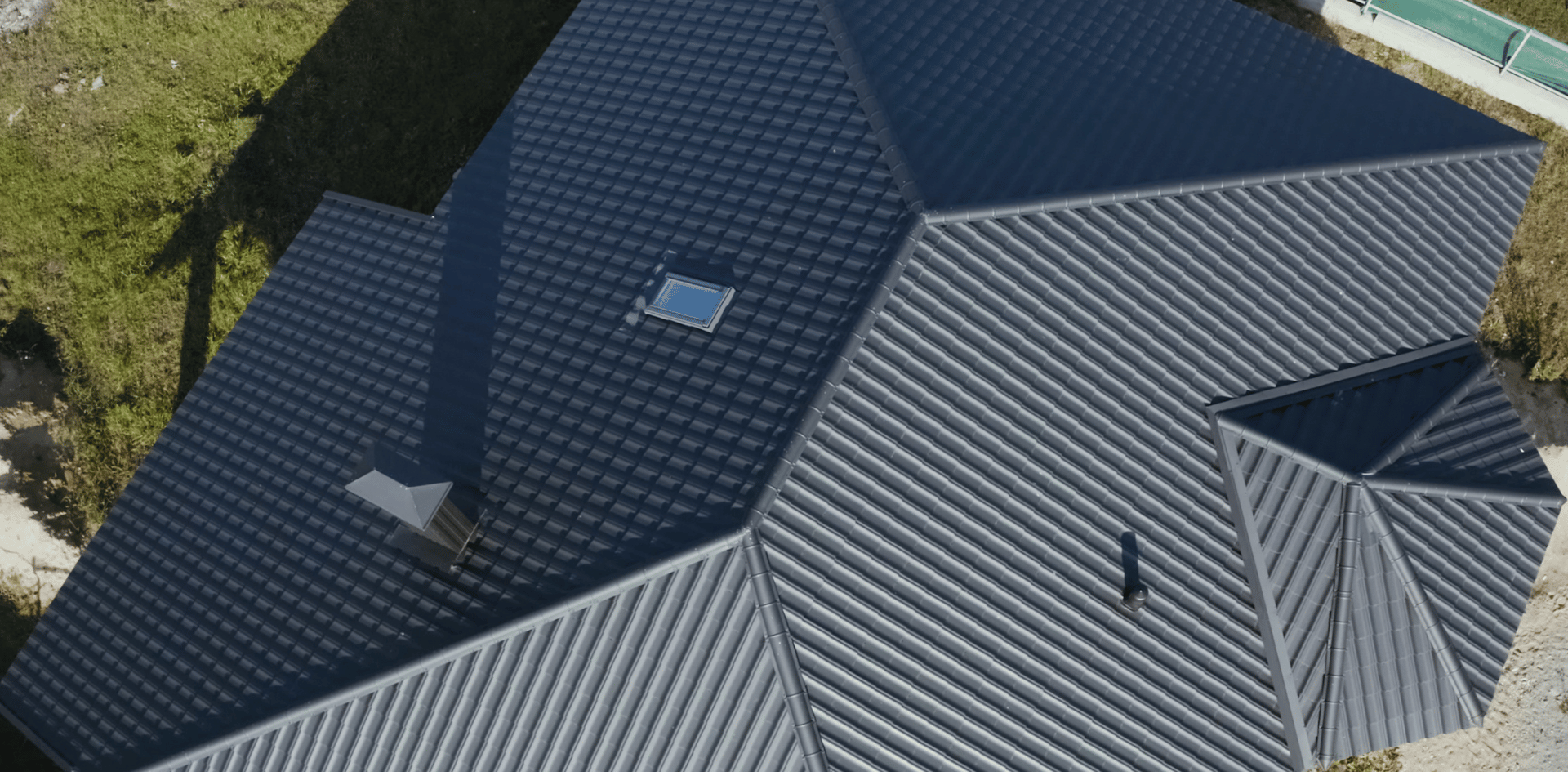
When it comes to roofing materials, you have a variety of options, each with its own set of benefits and drawbacks.
Traditionally, tile roofs have been popular for their durability and aesthetic appeal. However, in recent years, metal roofs have gained significant traction due to their numerous advantages.
Let's explore the advantages of replacing a tile roof with a metal roof, helping you make an informed decision for your roofing needs.
Durability and Longevity of Metal Roofs
Lifespan Comparison
One of the most notable aspects of metal roofs is their impressive lifespan.
Metal roofs are renowned for their ability to endure for 40 to 70 years, with some high-quality metal roofs even lasting over a century with proper maintenance. This is a significant improvement over tile roofs, which generally last between 20 to 30 years. The extended lifespan of metal roofs means that you may only need to replace your roof once in their lifetime, compared to potentially multiple replacements with tile roofs.
Resistance to Common Issues
Metal roofs are engineered to withstand many of the common issues that plague tile roofs.
Here are some of the specific problems that metal roofs effectively resist:
- Cracking: Tile roofs, particularly clay and concrete tiles, are prone to cracking under various stresses, such as thermal expansion and contraction, impacts from falling debris, or heavy foot traffic during maintenance. Metal roofs, on the other hand, are flexible and resilient, absorbing impacts without cracking.
- Warping: Warping is another common issue with tile roofs, especially in areas with significant temperature fluctuations. Metal roofs, made from materials like steel, aluminium, and copper, do not warp under temperature changes. Their thermal expansion and contraction are minimal and well within the material’s elastic limits.
- Erosion: Over time, tile roofs can suffer from erosion due to constant exposure to rain, wind, and other elements. This erosion can weaken the tiles and make them more susceptible to breaking. Metal roofs are designed to resist erosion, maintaining their structural integrity and appearance for decades.
Material Strength
The inherent strength of metal roofing materials contributes significantly to their durability.
Here’s a closer look at the materials commonly used in metal roofing and their benefits:
- Steel: Galvanised and galvalume steel roofs are coated with a protective layer of zinc or aluminium, which prevents rust and corrosion. This makes steel roofs incredibly robust and long-lasting.
- Aluminium: Aluminium roofs are naturally resistant to corrosion, making them an excellent choice for coastal areas where saltwater exposure can be a problem for other materials. Aluminium is also lightweight, which reduces the overall load on the building structure.
- Copper: Copper roofs are known for their longevity and aesthetic appeal. They develop a protective patina over time, which shields the metal from further corrosion. Copper roofs can last over a century, making them a premium choice for longevity.
- Zinc: Zinc roofs are self-healing, meaning that scratches and minor damages will naturally repair over time through a process called patination. This unique property ensures that zinc roofs remain durable and visually appealing throughout their lifespan.
Resistance to Environmental Factors
Metal roofs are built to endure harsh environmental conditions.
Here are some examples of their resilience:
- High Winds: Metal roofs can withstand high wind speeds, often up to 220 kilometres per hour or more, making them an ideal choice for cyclone-prone areas. Their interlocking panels provide superior wind resistance compared to individual tiles, which can be lifted and broken by strong winds.
- Hail: Metal roofs are highly resistant to hail damage. While large hailstones can dent metal roofs, they typically do not penetrate or cause leaks, unlike tile roofs, which can crack and shatter under similar conditions.
- Fire: Metal roofs are non-combustible, providing excellent fire resistance. This makes them a safer option in areas prone to bushfires. Unlike tile roofs, which can have flammable underlayment, metal roofs provide a solid barrier against fire.
Minimal Maintenance Requirements
The low maintenance requirements of metal roofs also contribute to their longevity.
Here’s why metal roofs are easier to maintain:
- Clean Surface: Metal roofs have smooth surfaces that allow debris, snow, and water to slide off easily. This reduces the risk of moisture accumulation and related issues like mould and mildew, which can shorten the lifespan of tile roofs.
- Fewer Repairs: Because metal roofs are resistant to many forms of damage, they require fewer repairs over their lifespan. This not only saves homeowners money but also reduces the hassle and inconvenience of frequent maintenance.
- Simple Inspections: Inspections of metal roofs are straightforward due to their uniform surface. Any potential issues, such as loose fasteners or minor dents, are easy to spot and address before they become major problems.
The durability and longevity of metal roofs make them a superior choice for homeowners looking for a long-term roofing solution. Their ability to resist common issues like cracking, warping, and erosion, combined with their resilience to environmental factors and minimal maintenance requirements, ensures that metal roofs provide exceptional value and peace of mind for decades.
Weather Resistance of Metal Roofs
Superior Performance in Extreme Weather Conditions
Metal roofs are renowned for their exceptional performance in a wide range of weather conditions.
Their resilience and durability make them an ideal choice for regions prone to extreme weather, ensuring that homes are protected and maintained with minimal issues.
Heavy Rain and Snow
One of the most significant advantages of metal roofs is their ability to handle heavy rain and snow effectively.
Here’s how metal roofs manage these conditions:
- Rain: Metal roofs are designed with interlocking panels that create a watertight barrier, preventing leaks even during heavy downpours. The smooth surface of metal roofs allows rainwater to run off quickly, reducing the risk of water pooling and potential damage to the roof structure.
- Snow: Although snow is very uncommon in our area, In snowy regions, the smooth, slippery surface of metal roofs enables snow to slide off easily, preventing the accumulation of heavy snow loads that can damage or collapse traditional tile roofs. This self-shedding capability reduces the need for manual snow removal, which can be dangerous and labour-intensive.
High Winds
Metal roofs are highly resistant to high winds, making them an excellent choice for areas prone to cyclones, East Coast Lows, and strong storms.
Here’s why metal roofs perform so well in high-wind conditions:
- Interlocking Panels: Metal roofs are typically installed with interlocking panels or shingles, which provide a secure and tight fit. This design prevents wind from lifting the edges of the roof, a common issue with traditional tile roofs that can lead to tiles being blown off.
- Wind Ratings: Many metal roofing systems are rated to withstand wind speeds of up to 220 kilometres per hour or more, depending on the specific product and installation method. This level of wind resistance is significantly higher than that of most tile roofs, offering superior protection during severe weather events.
Fire Resistance
Metal roofs are inherently fire-resistant, providing an extra layer of protection for homes in fire-prone areas.
Here’s how metal roofs contribute to fire safety:
- Non-Combustible Material: Metal roofing materials, such as steel, aluminium, and copper, are non-combustible, meaning they do not ignite or burn. This characteristic is crucial in areas susceptible to bushfires, as it reduces the risk of the roof catching fire from embers or direct flame contact.
- Lightning Protection: While metal roofs conduct electricity, they do not attract lightning. In the event of a lightning strike, a metal roof can safely disperse the electrical charge, reducing the likelihood of fire. Additionally, metal roofs can be grounded to further enhance their safety.
Resistance to Hail
Hail can cause significant damage to many roofing materials, but metal roofs offer superior resistance to hail impact.
Here’s why:
- Durability: Metal roofs are strong and can withstand the impact of hailstones without cracking or breaking. While large hail may cause dents, these dents typically do not compromise the roof’s integrity or lead to leaks.
- Impact Ratings: Many metal roofing products are rated for impact resistance, providing homeowners with peace of mind that their roof can endure hailstorms without significant damage. This rating is an important consideration for insurance purposes and overall property protection.
Thermal Expansion and Contraction
Metal roofs are designed to handle thermal expansion and contraction caused by temperature fluctuations.
Here’s how they manage this:
- Flexibility: Metal roofs can expand and contract without cracking or losing their structural integrity. This flexibility is due to the inherent properties of the metal and the design of the roofing system, which accommodates these movements.
- Fastening Systems: Metal roofs are installed with specialised fastening systems that allow for movement. These systems ensure that the roof remains secure and watertight, even as it expands and contracts with temperature changes.
Resistance to Mould and Mildew
The design and materials used in metal roofing make it resistant to mould and mildew growth, which are common issues in humid and wet climates.
Here’s why metal roofs are effective in preventing these problems:
- Non-Porous Surface: Metal roofs have a non-porous surface that does not absorb moisture, unlike tile roofs that can retain water in cracks and crevices. This characteristic helps prevent the growth of mould, mildew, and algae.
- Quick Drying: Metal roofs dry quickly after rain or snow, reducing the time that moisture is present on the roof. This quick drying process further inhibits the growth of mould and mildew, ensuring a healthier and more durable roofing system.
The weather resistance of metal roofs makes them an exceptional choice for homeowners seeking reliable and long-lasting roofing solutions. Their ability to withstand heavy rain, high winds, fire, and hail, combined with their resistance to thermal expansion, mould, and mildew, ensures that metal roofs provide superior protection in a wide range of environmental conditions. By choosing a metal roof, you can enjoy peace of mind knowing your roof is built to endure the harshest weather and provide lasting performance with minimal maintenance.
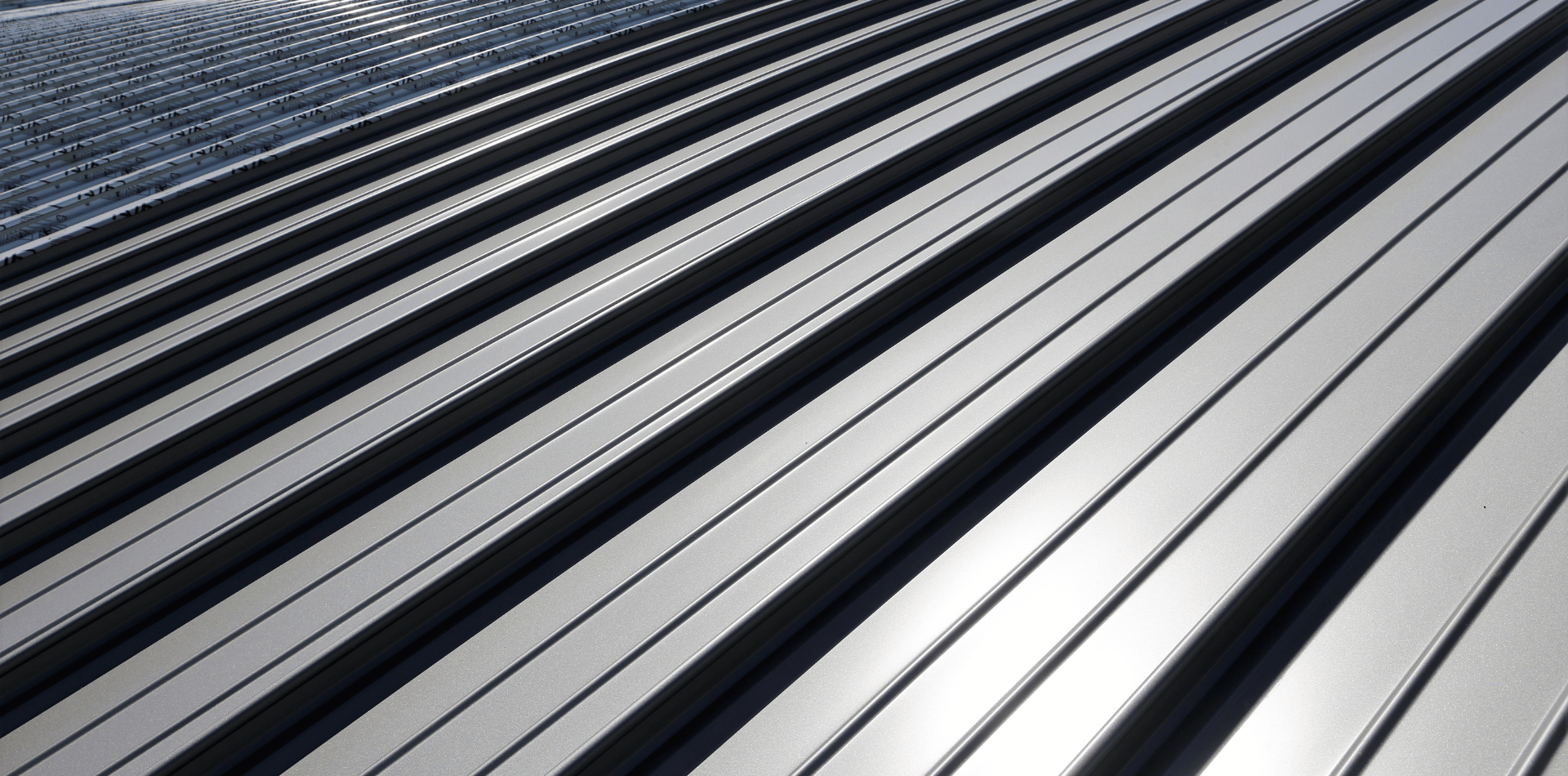
Energy Efficiency of Metal Roofs
Reflectivity and Solar Reflectance
One of the key factors contributing to the energy efficiency of metal roofs is their high reflectivity. Metal roofs can reflect a significant portion of the sun’s rays, which reduces the amount of heat absorbed by the roof and, consequently, the building below.
Here’s how this works:
- Solar Reflectance Index (SRI): The Solar Reflectance Index is a measure of a material's ability to reflect solar heat. Metal roofs typically have a high SRI value, meaning they are highly effective at reflecting sunlight. This results in lower roof surface temperatures compared to traditional roofing materials like asphalt shingles or tiles, which absorb more heat.
- Reflective Coatings: Many metal roofs come with special reflective coatings that enhance their ability to reflect sunlight. These coatings can include pigments that reflect infrared radiation, which is responsible for most of the heat gain. By reflecting more infrared radiation, these coatings help keep the roof and the interior of the building cooler.
Thermal Emissivity
In addition to high reflectivity, metal roofs also exhibit good thermal emissivity, which is their ability to release absorbed heat.
Here’s how thermal emissivity contributes to energy efficiency:
- Heat Dissipation: Metal roofs can quickly release any heat they absorb, preventing it from transferring into the building. This rapid heat dissipation helps maintain a cooler indoor environment, especially during hot summer months.
- Cool Roof Technology: Some metal roofs are designed as "cool roofs," which combine high reflectivity and high thermal emissivity. These roofs can reduce the temperature of the roof surface by up to 10 degrees Celcius, significantly lowering the cooling load on the building.
Insulation and Heat Transfer
Metal roofs can be installed with additional insulation to further enhance their energy efficiency.
Here’s how insulation works with metal roofing:
- Insulated Panels: Metal roofing systems can include insulated panels, which consist of a metal exterior and an insulating core made of materials like polyurethane or polystyrene. These panels provide excellent thermal resistance, reducing heat transfer between the roof and the interior of the building.
- Reflective Insulation: Reflective insulation can be installed beneath the metal roof to further reduce heat gain. This type of insulation uses reflective surfaces to bounce heat away from the building, complementing the reflective properties of the metal roof itself.
Seasonal Energy Efficiency
The energy efficiency benefits of metal roofs are not limited to the summer months.
Here’s how metal roofs perform in different seasons:
- Summer: During the summer, the high reflectivity and thermal emissivity of metal roofs help keep the building cooler by reflecting sunlight and dissipating heat. This reduces the need for air conditioning, leading to lower energy bills and a reduced carbon footprint.
- Winter: In the winter, metal roofs can also contribute to energy efficiency. While they reflect heat, proper insulation beneath the roof ensures that heat generated inside the building is retained. This helps maintain a comfortable indoor temperature and reduces the need for heating, leading to energy savings.
Environmental Benefits
The energy efficiency of metal roofs has several environmental benefits:
- Reduced Energy Consumption: By lowering the cooling and heating needs of a building, metal roofs contribute to reduced energy consumption. This not only saves homeowners money but also reduces the demand for energy from power plants, which can decrease greenhouse gas emissions.
- Lower Carbon Footprint: Metal roofs help reduce the carbon footprint of a building by improving energy efficiency. This is particularly important in the context of global efforts to combat climate change. Homeowners who choose energy-efficient metal roofs are making a positive impact on the environment.
Cost Savings
The energy efficiency of metal roofs translates into significant cost savings for you.
Here’s how:
- Lower Energy Bills: By reducing the need for air conditioning in the summer and heating in the winter, metal roofs can lead to lower power bills. You can save a substantial amount of money on energy costs over the lifespan of the roof.
- Return on Investment: Although the initial cost of installing a metal roof may be higher than other roofing materials, the energy savings can offset this cost over time. Many homeowners find that the long-term savings on energy bills provide a good return on investment for their metal roof.
The energy efficiency of metal roofs offers numerous benefits for homeowners, from reduced energy bills to a lower carbon footprint. High reflectivity, thermal emissivity, and the ability to incorporate additional insulation make metal roofs a smart choice for anyone looking to improve their home’s energy performance. With the added advantages of cost savings and potential government incentives, metal roofs are an excellent investment in both financial and environmental terms.
The Lightweight Nature of Metal Roofs
Weight Comparison
One of the most significant differences between tile roofs and metal roofs is their weight.
This weight disparity has several practical implications for homeowners and builders:
- Tile Roofs: Tile roofs, particularly those made of clay or concrete, can weigh between 250 to 400 kg per square (a square is a roofing measurement equal to 9 square metres). This substantial weight requires a strong structural support system to bear the load, which can increase construction costs and complexity.
- Metal Roofs: Metal roofs are considerably lighter, typically weighing between 25 to 75 kg per square. This significant reduction in weight offers numerous advantages, including reduced structural strain and easier handling during installation.
Reduced Structural Stress
The lightweight nature of metal roofs places less stress on the building’s structure.
Here’s why this is beneficial:
- Foundation and Framing: Lighter roofing materials reduce the load on the foundation and framing of the house. This can be particularly advantageous for older buildings that may not have been designed to support the heavy weight of tile roofs. By opting for a metal roof, you can avoid the need for costly structural reinforcements.
- Seismic Performance: In earthquake-prone areas, the reduced weight of metal roofs can enhance the building’s seismic performance. Lighter roofs generate less inertial force during seismic activity, reducing the risk of structural damage or collapse. This makes metal roofs a safer choice in regions susceptible to earthquakes.
Ease of Installation
The lower weight of metal roofs makes them easier and faster to install compared to tile roofs. Metal roofing panels are easier to handle and transport due to their lightweight nature. This simplifies the logistics of getting the roofing materials to the customer's site.
Versatility in Application
The lightweight nature of metal roofs makes them suitable for a variety of applications, extending their use beyond traditional residential roofing:
- Commercial Buildings: The reduced weight and ease of installation of metal roofs make them a popular choice for commercial buildings. Their ability to cover large areas with minimal structural support is particularly advantageous for warehouses, factories, and retail spaces.
- Agricultural Structures: Metal roofs are commonly used in agricultural buildings such as barns, stables, and storage sheds. Their lightweight nature allows for quick installation, and their durability ensures long-term protection against the elements.
- Outbuildings and Extensions: For smaller structures like garden sheds, garages, and home extensions, the lightweight nature of metal roofs simplifies the construction process. They can be installed quickly and without the need for extensive structural modifications.
- Retrofit and Renovation Projects: Metal roofs are ideal for retrofit and renovation projects where the existing structure may not be able to support the weight of a new tile roof. Their lightweight nature allows them to be installed over existing roofs, reducing demolition waste and project costs.
Aesthetic Flexibility
The lightweight nature of metal roofing materials also contributes to their aesthetic flexibility:
- Variety of Styles: Metal roofs are available in a wide range of styles, colours, and finishes. They can mimic the appearance of traditional materials such as slate, tile, and wood shake, providing homeowners with the desired look without the associated weight.
- Architectural Details: The flexibility of metal roofing materials allows for the incorporation of architectural details such as curves, angles, and custom shapes. This enables designers and architects to achieve unique and visually appealing roof designs that enhance the overall aesthetic of the building.
- Colour Options: Metal roofs come in a variety of colour options, allowing you to choose a roof colour that complements the exterior of your home. Advanced coating technologies ensure that these colours remain vibrant and resist fading over time.
Longevity and Reduced Load
The lightweight nature of metal roofs contributes to their longevity and reduces the load on the building over time:
- Less Structural Fatigue: The reduced weight of metal roofs places less ongoing stress on the building's structure, reducing the risk of structural fatigue and failure over time. This contributes to the overall longevity and safety of the building.
- Preservation of Historical Structures: For historical buildings, the lightweight nature of metal roofs can help preserve the integrity of the structure. By minimising the additional weight, metal roofs can be installed without compromising the historical architecture.
Noise Reduction
Although metal roofs are lightweight, advancements in roofing technology have addressed concerns about noise:
- Soundproofing Layers: Modern metal roofing systems often include soundproofing layers or insulation that reduce the noise from rain, hail, and other impacts. This ensures a quieter indoor environment, comparable to that of other roofing materials.
- Structural Design: The structural design of metal roofs, including the use of underlayment and insulation, helps to dampen noise and enhance acoustic comfort inside the building.
The lightweight nature of metal roofs provides numerous advantages, from reduced structural stress and easier installation to cost savings and environmental benefits. Their versatility in application, aesthetic flexibility, and contribution to the longevity of buildings make them an ideal choice for a wide range of projects. Whether for residential, commercial, agricultural, or retrofit applications, metal roofs offer a durable, efficient, and aesthetically pleasing roofing solution that enhances the overall performance and value of any building.
Low Maintenance Benefits of Metal Roofs
Durability and Resistance to Damage
Metal roofs are engineered to withstand a wide array of environmental stresses that often compromise other roofing materials. This inherent durability significantly reduces the need for maintenance.
Here are the specific ways in which metal roofs excel in low maintenance:
- Resistance to Cracking and Breaking: Unlike tile roofs, which can crack or break due to impacts from debris, foot traffic, or thermal expansion and contraction, metal roofs maintain their integrity. This resistance to physical damage means homeowners do not have to regularly replace broken tiles or repair cracks.
- No Shrinking or Warping: Metal roofs are not susceptible to shrinking or warping, which can affect materials like wood or tile. This stability ensures that the roof remains securely in place and maintains its protective qualities over time without requiring adjustments or replacements.
- Erosion Resistance: Metal roofs do not erode in the way that traditional roofing materials like asphalt shingles or concrete tiles can. This resistance to erosion means that metal roofs can endure harsh weather conditions and maintain their structural integrity and appearance for decades.
Smooth Surface and Self-Cleaning Properties
The smooth surface of metal roofs contributes to their low maintenance needs by facilitating the natural shedding of debris:
- Debris Shedding: Leaves, branches, and other debris easily slide off metal roofs due to their slick surfaces. This prevents the buildup of organic matter that can lead to blockages, water pooling, and potential leaks, common issues with tile roofs that have more textured surfaces.
- Reduced Moss and Algae Growth: The smooth surface of metal roofs, combined with their non-porous nature, makes it difficult for moss, algae, and lichen to take hold. In contrast, tile roofs, especially those made of concrete or clay, provide a more conducive environment for these growths, necessitating regular cleaning and treatment.
Minimal Inspection and Repair Needs
Metal roofs require far less frequent inspection and repair compared to other roofing materials, thanks to their robust design and material properties:
- Fewer Inspections Needed: While all roofs benefit from regular inspections, metal roofs typically do not need to be checked as often as tile roofs. The reduced likelihood of damage and wear means that annual inspections are usually sufficient to ensure the roof remains in good condition.
- Long-Lasting Fasteners and Seals: The fasteners and seals used in metal roofing systems are designed to last as long as the roofing panels themselves. High-quality fasteners are often coated to prevent rust and corrosion, and advanced sealants maintain their elasticity and adhesion for many years, reducing the need for periodic resealing.
- Minimal Repairs: The combination of durability and resistance to common roofing issues means that metal roofs require minimal repairs over their lifespan. Homeowners can avoid the frequent and often costly repairs associated with tile roofs, such as replacing broken tiles or fixing leaks caused by shifting or eroded materials.
Weather Resilience
Metal roofs are built to withstand extreme weather conditions, further contributing to their low maintenance profile:
- Wind Resistance: Metal roofs are designed to resist high winds, often up to 200 kilometres per hour or more. This wind resistance reduces the risk of damage during storms, which can lead to fewer emergency repairs and less overall maintenance.
- Impact Resistance: Metal roofs are highly resistant to hail and falling debris. While large hailstones may dent a metal roof, these dents do not typically compromise the roof’s integrity or lead to leaks. In contrast, hail can crack and break tile roofs, requiring immediate repair.
- Snow and Ice Management: In colder climates, metal roofs excel at managing snow and ice. Their smooth surfaces allow snow and ice to slide off easily, preventing the buildup of heavy snow loads that can damage roofs. Additionally, this property reduces the need for manual snow removal and the associated risks and labour.
Long-Term Cost Savings
The low maintenance requirements of metal roofs translate into significant long-term cost savings for homeowners:
- Reduced Repair Costs: Fewer repairs mean lower maintenance costs over the life of the roof. Homeowners can save money by avoiding the frequent expenses associated with maintaining and repairing tile roofs.
- Extended Lifespan: The longevity of metal roofs—often 40 to 70 years or more—means that the initial investment in a metal roof is offset by the reduced need for maintenance and the avoidance of premature replacement. This long lifespan provides excellent value for money and reduces the total cost of ownership.
- Insurance Benefits: Some insurance companies offer discounts on homeowner’s insurance premiums for homes with metal roofs due to their durability and resistance to damage. This can provide additional financial savings over the life of the roof.
Environmental Benefits
The low maintenance nature of metal roofs also has positive environmental implications:
- Reduced Resource Use: Less frequent maintenance and fewer repairs mean that fewer resources are used over the life of the roof. This includes materials for repairs and replacements, as well as the energy and labor involved in maintenance activities.
- Lower Environmental Impact: The long lifespan and recyclability of metal roofs contribute to a lower overall environmental impact. Fewer replacements and repairs reduce the amount of waste sent to landfills, and the ability to recycle metal roofing materials at the end of their life cycle further enhances their environmental benefits.
The low maintenance requirements of metal roofs make them an attractive option for homeowners seeking a durable, cost-effective, and environmentally friendly roofing solution. Their resistance to cracking, shrinking, erosion, and weather-related damage ensures long-term performance with minimal upkeep. The smooth surface of metal roofs aids in debris shedding and prevents the growth of moss and algae, reducing the need for frequent cleaning and maintenance.
Overall, metal roofs provide a reliable and low-maintenance roofing option that offers significant cost savings, longevity, and environmental benefits.

